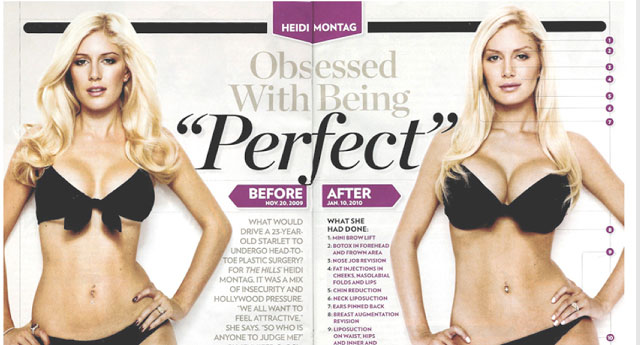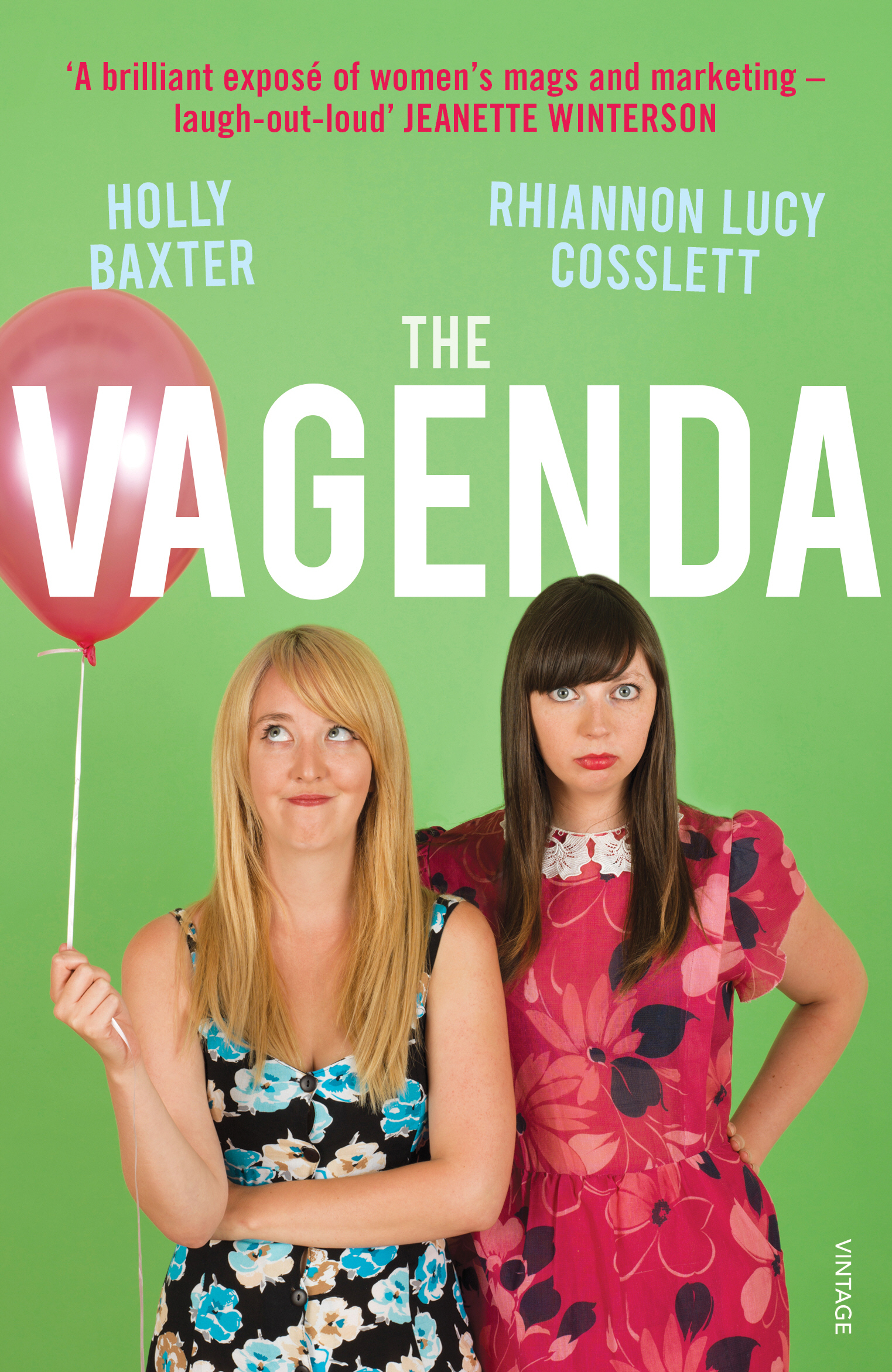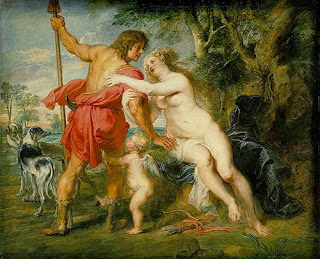
Recently, I squeezed myself into a pair of skinny leather trousers. For months I’d been trawling through Pinterest, pinning pictures of other girls wearing theirs and forming a mental image of what I’d look like in mine. However, no matter which angle I looked at myself in the mirror, here they were and they just didn’t look right.
Playing a mental requiem, I hung them back in my wardrobe while trying to figure which would be less painful: attempting to grow 5 inches and lose 15 pounds to look like the girls on Pinterest, or putting the trousers up on eBay.
A rapid onslaught of questions began to spiral out of control in my mind. Were leather trousers designed for the seemingly apparent epidemic of women with legs like AT-AT walkers? What is it about my 5’5″ frame that makes leather trousers look like sausage casing stuffed with pebbles? Why don’t I ever look how I imagine I will in the clothes that I buy?
The answer suddenly seemed so obvious. My entire life I have been constantly presented with a body type chosen for me by somebody else: the faraway fashionistas who design clothes to androgynously hang off the 0.3% of women who never went through the M&S bra fitting Rite of Passage because they never grew a pair of tits that don’t stand up on their own. All power to them – they’re fit as hell. But so am I, and they look nothing like me.
It’s not always been this way, though. Looking back even just 60 years, the female form was routinely celebrated for its softness and the fluidity of its curves. Body fads have persisted throughout history and it isn’t just the modern world that ascribes to the idea of an archetypal female figure.
So, just to prove my point, let’s take a look at just a few of the fleeting fads of the past. Go on, you know you want to. It all started with…
The Paleo Diet
Supposedly. And moved swiftly on to…
Shapely Spartans
I’m talking Ancient Spartans here. Those guys loved working out. Think 300 six packs and pecs glistening with olive oil. Except there’s one lesser known fact. From a young age the women would exercise nude in the gymnasium alongside the men, taking part in wrestling and other athletic competitions. But Spartan women didn’t work out regularly so that they could fit into smaller-sized togas. Healthy body = healthy Spartan babies. It’s just a fortunate side effect that the exercise probably left them looking pretty sexy, too.
Randy Romans
The Romans sexed things up a bit. The Augustan poet Ovid once famously published an ancient ‘Kiss and Tell’, describing the naked bod of his infamous (and imaginary) lover, Corinna. Anyone who’s read his Amores poems will recall his description of Corinna’s ‘belly so smooth below the breasts so high’ and her ‘fine young thigh’.
But it wasn’t just Ovid who had a ‘type’ back then. The Romans in general were fans of big-bottomed girls with pert little breasts – just have a look at some of their sculptures if you need proof. Unfortunately, women back then may or may not have had cracking bodies but they rarely had a voice. This leaves us unable to tell whether this body craze was shared by women or limited to horny blokes. Ovid’s poems might simply have been the ancient equivalent of Nuts magazine.
Malnourished in the Middle Ages
The Dark Ages offer little evidence to work on when it comes to female body image, although the long working days in the field combined with regular plagues and famine probably did keep them pretty trim. Totes jel.
No Tits for the Tudors
The Tudors may have been ‘at it’, but that didn’t mean that women were allowed to flaunt what their mommas gave them. The bell-shaped babes of the Elizabethan days wore thick, restrictive corsets which would have left even Katie Price looking as flat-chested as your average male third grader.
Robust In the Renaissance
Renaissance artists of the 16th and 17th centuries reveled in the lumps and bumps of their muses. Rubens’ depiction of the Roman Goddess of Love in his 1635 painting Venus and Adonis (above) was modelled for by his wife, who definitely didn’t spend a month on the maple syrup diet before stripping off. Sadly, if Rubens’ wife were alive today, the press would almost certainly have bullied her into dropping 4 stone on I’m A Celebrity and then releasing a fitness DVD about it.
Victorian Vixens
By 1800, women were gripping firmly to their four poster beds while their corsets were yanked until their waists were a neat 18”. This waist-cinching obsession persisted until the 1920s, when the flapper dress allowed women to breathe freely for the first time in around 500 years.
The Hourglass Entourage
The 1940s and 50s saw film stars like Rita Hayworth and Marilyn Monroe hit the scene with their pointy bras and hypnotic hips. This hourglass figure sums up the screen sirens of the time but is equally as unattainable for your average women as my half-formed plan to grow a few inches in height.
Stick Thin in the Sixties
The 1960s gave birth to the wafer thin model that still stalks the catwalks today. Twiggy dominated the covers of fashion magazines, her minuscule frame tented by shift dresses and swing coats that were intended to accentuate her childlike demeanour. Thus began the lamentable conception of our current body fad: thin.
Modern Day: A Land of Contradiction
The 90s was the decade in which Pamela Anderson’s breasts bounced around in Baywatch, while the noughties provided us with The Supersized Ass Debate (did J-Lo and Kim Kardashian have implants to boost their fulsome behinds? How the hell did they do that? Does anybody even care one iota?)
Thin still remains almost as a constant side note in the 2010s, while hugely rounded butts and boobs get thrown into the mix occasionally as another genetic contradiction that you just can’t will away (even though they PROMISED in Are You There, God? It’s Me, Margaret that, ‘I must, I must, I must increase my bust’ was a genuine method of going up a bra size.) Women nowadays are not only expected to bare their ribcages, shoulder blades, bikini bridges and thigh gaps, but in stark contradiction they’re also strongly suggested to retain a double D cup and a booty which wobbles around seductively while they gyrate to songs about booties wobbling around.
Women in their droves have taken to hashtagging the shit out of every aspect of their bodies while snapping screen shots of women with an entirely different natural body type to their own in order to spur on diets and fitness training (#thinspiration #impossible). If that’s not enough to slap down your self-esteem, try another #belfie. Or if you’re naturally thin, why not head on over to the wildly popular Facebook page ‘My Man Likes Meat On My Bones’ and cry about your fast metabolism and your apparent lack of ‘real woman’ness there?
In other words: fuck it. I’m going to put my leather trousers back on. I may not look like the leggy Pinterest girls but I’m starting a new fad: accepting and embracing my own body type. #FightTheThighGap
-Sophie Miskiw, who blogs at Sophie’s Face



Bravo! Thank you for this honest and open state of our body issues!
We wrote an article about how women’s bodies are represented through photography in the media – we think it’s largely a massive pile of wank. http://threeletterblog.com/2014/01/23/drawing-with-light/ – ThreeLetterBlog
I think the modern day contradictions are the most harmful, I’m 18 and in utter turmoil, I’m not super skinny, I’m not straight up and down but I’m not particularly curvy either and its like women need to be one or the other to look interesting or have their bodies envied over, what about the people who just aren’t one or the other? I’m constantly wishing to be thin but I want bigger hips and boobs. Some people try to seem noble by saying they love a curvy girl not ‘skin and bones’ but their idea of curvy is only exclusive to two places, hips and tits. But if the legs, waist, arms and stomach aren’t spectacularly lean then your back to plain old ‘fat’
I feel you, feel exactly the same. But I hope you come to accept who you are and tell anyone who says otherwise to fuck right off